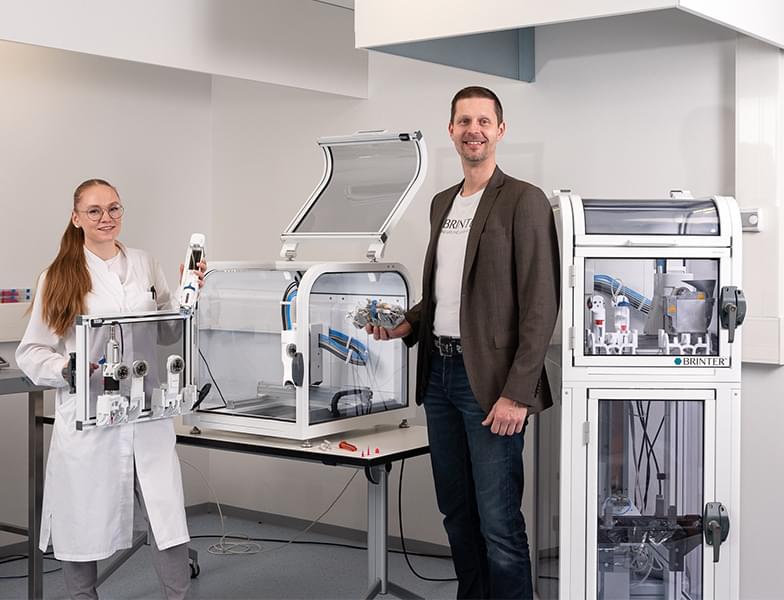🤯 👍
Credit: Trideo.
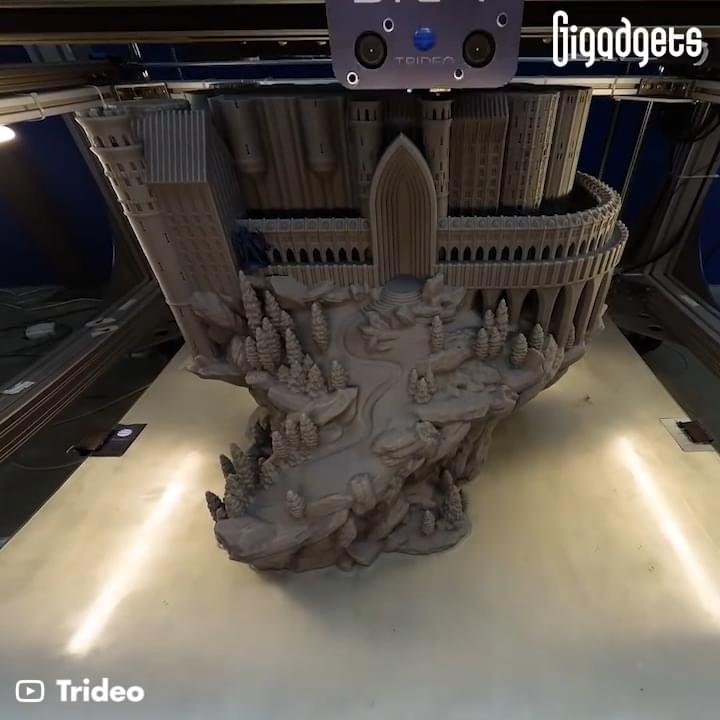
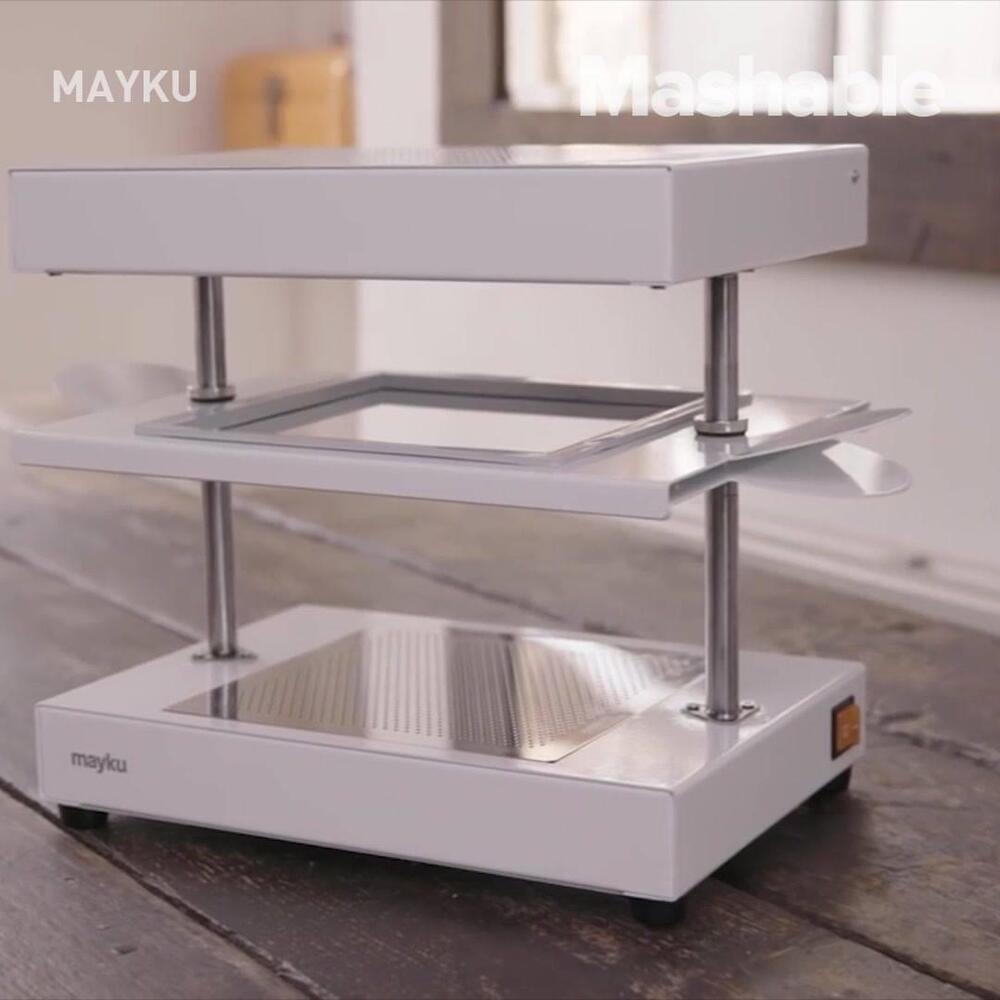
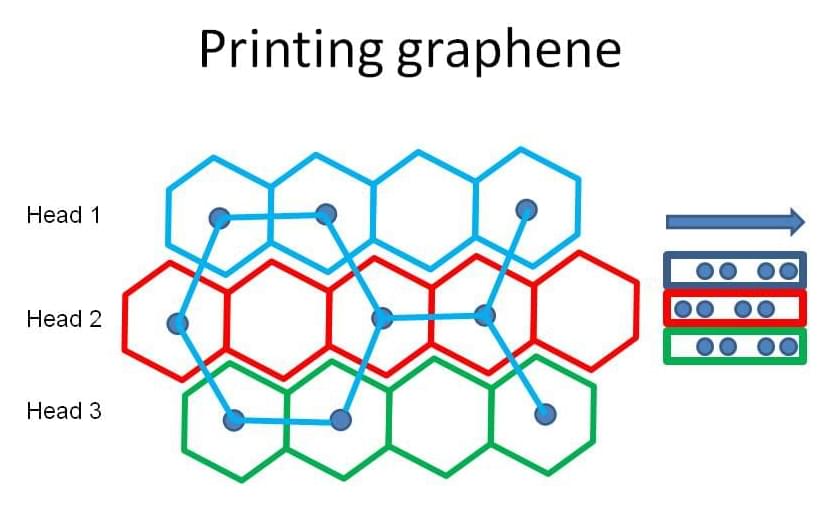
Circa 2013 😳!
What would you do with a 600km high structure? That would be hundreds of times higher than the highest ever built so far. I think it is feasible. Here I will suggest super-light, super-strong building materials that can substitute for steel and concrete that can be grown up from the base using feasibly high pressures.
I recently proposed a biomimetic technique for printing graphene filaments to make carbon fur (- in this case, for my fictional carbon-obsessed super-heroine Carbon Girl. I am using the Carbon Trio as a nice fun way to illustrate a lot of genuine carbon-related concepts for both civil and military uses, since they could make a good story at some point. Don’t be put off by the fictional setting, the actual concepts are intended to be entirely feasible. Real science makes a better foundation for good science fiction. Anyway, this is the article on how to make carbon filaments, self-organised into fur, and hence her fur coat:)
http://carbondevices.com/2013/07/01/carbon-fur-biokleptic-warmth-and-protection/.

Nowadays almost everything is being 3D printed, so why should architecture be an exception? Many architectural firms are adopting 3D printing as their preferred technique to build structures. And 3D printed architecture is slowly but surely gaining a lot of popularity and momentum. This emerging trend is paving a path for itself in modern architecture. And I mean, no wonder, it has a ton of benefits! It’s a simple, efficient, and innovative technique that lowers the risks of errors, and also manages to save on time. 3D printing eradicates a lot of tedious steps during the construction process and simplifies it. It is being used to build homes, habitats on Mars, and even floating islands! The potential and possibilities of 3D printing in architecture are endless and mind-blowing. We’ve curated a collection of 3D-printed architectural structures that are our absolute favorites – from a 3D printed sustainable office pod to a 3D printed housing community for the homeless, every single one of these designs unleashes the magic and potential of 3D printing!
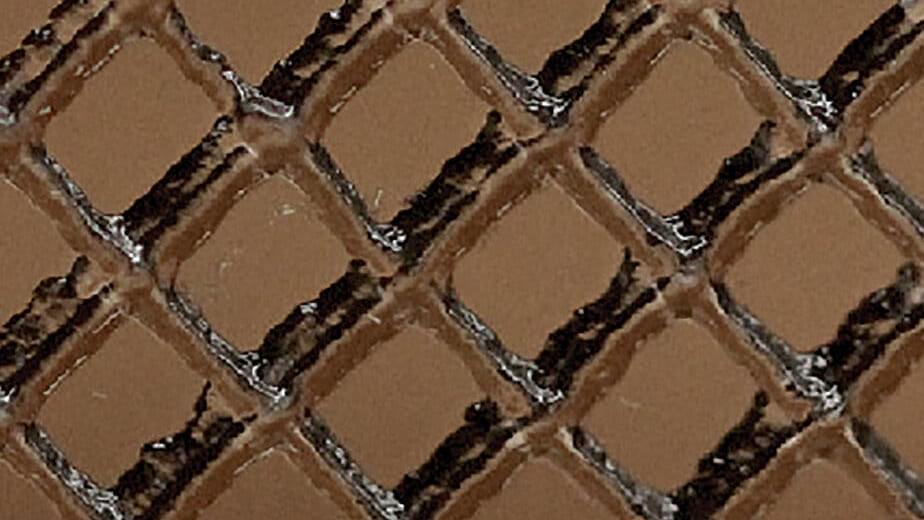
There’s also been a lot of interest in creating more versatile “living inks” made up of bacteria, which can be genetically engineered to do everything from deliver drugs to clean up pollutants. But so far, approaches have relied on mixing microbes with polymers that help provide the ink with some structural integrity.
Now, researchers have developed a new living ink that more closely lives up to the name by replacing the polymers with a protein made by genetically engineered E. coli bacteria. The researchers say this opens the door to seeding large-scale, living structures from nothing more than a simple cell culture.
The key to the breakthrough was to repurpose the proteins that E. coli cells secrete to stick together and form hard-to-shift biofilms. In a paper in Nature Communications, the researchers describe how they genetically engineered bacteria to produce two different versions of this protein known as a “knob” and a “hole,” which then lock together to form a robust cross-linked mesh.

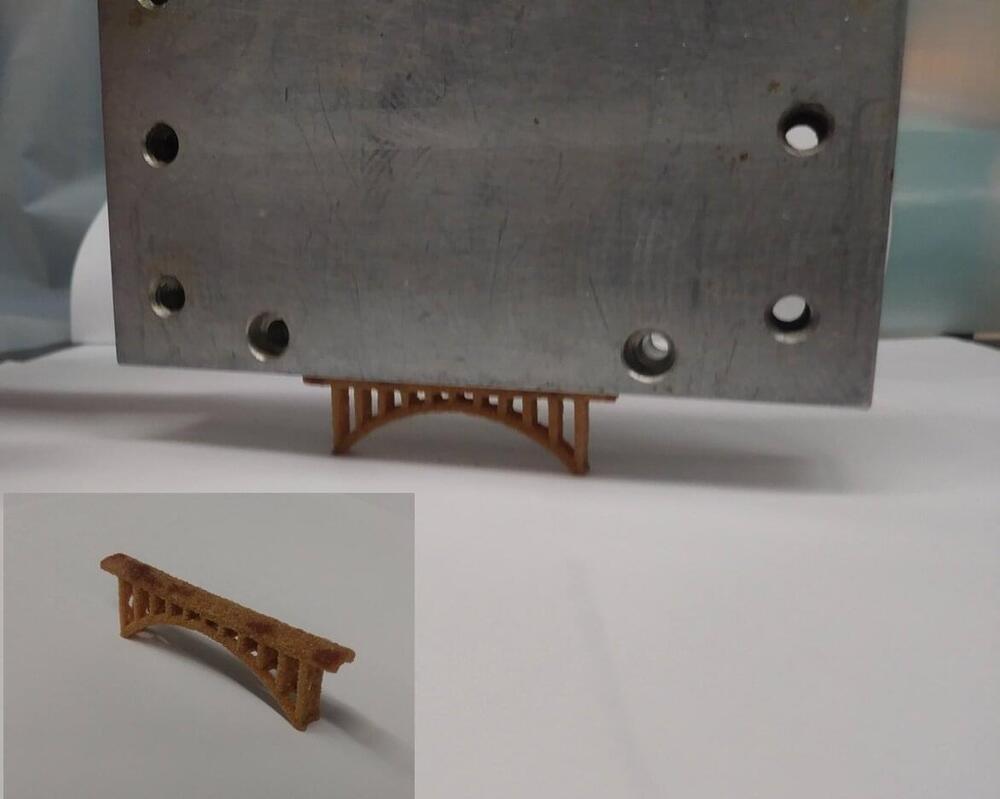
Researchers at the Department of Energy’s Oak Ridge National Laboratory designed a novel polymer to bind and strengthen silica sand for binder jet additive manufacturing, a 3D-printing method used by industries for prototyping and part production.
The printable polymer enables sand structures with intricate geometries and exceptional strength—and is also water soluble.
The study, published in Nature Communications, demonstrates a 3D-printed sand bridge that at 6.5 centimeters can hold 300 times its own weight, a feat analogous to 12 Empire State Buildings sitting on the Brooklyn Bridge.
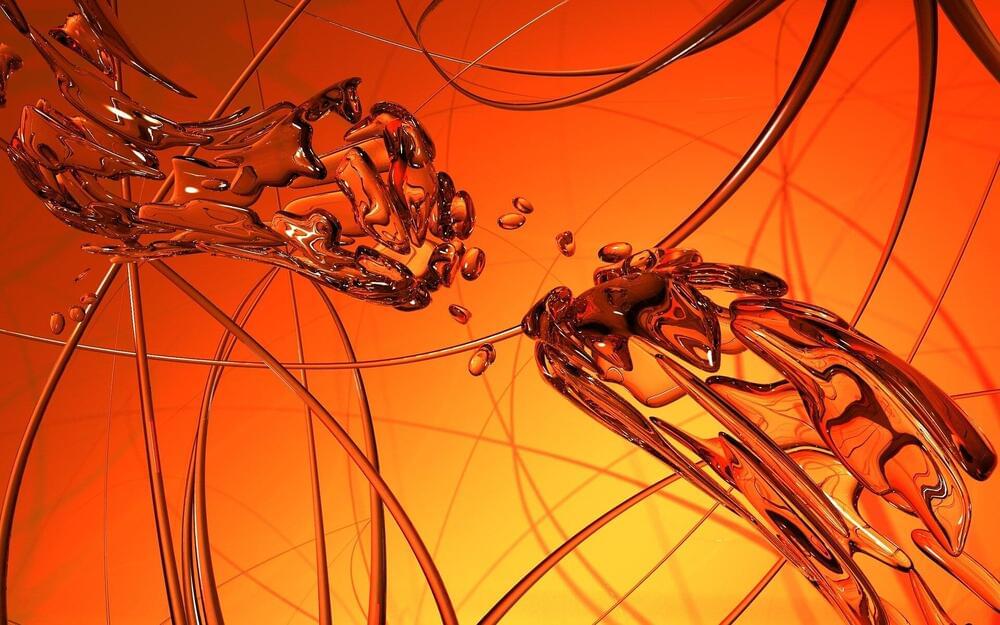
Micro-electro-mechanical devices (MEMS) are based on the integration of mechanical and electrical components on a micrometer scale. We all use them continuously in our everyday life: For example, in our mobile phones there are at least a dozen MEMS that regulate different activities ranging from motion, position, and inclination monitoring of the phone; active filters for the different transmission bands, and the microphone itself.
Even more interesting is the extreme nanoscale miniaturization of these devices (NEMS), because it offers the possibility of creating inertial, mass and force sensors with such sensitivity that they can interact with single molecules.
However, the diffusion of NEMS sensors is still limited by the high manufacturing cost of traditional silicon-based technologies. Conversely, new technologies such as 3D printing have shown that similar structures can be created at low cost and with interesting intrinsic functionalities, but to date the performance as mass sensors are poor.

According to Klaus Schwab, the founder and executive chair of the World Economic Forum (WEF), the 4-IR follows the first, second, and third Industrial Revolutions—the mechanical, electrical, and digital, respectively. The 4-IR builds on the digital revolution, but Schwab sees the 4-IR as an exponential takeoff and convergence of existing and emerging fields, including Big Data; artificial intelligence; machine learning; quantum computing; and genetics, nanotechnology, and robotics. The consequence is the merging of the physical, digital, and biological worlds. The blurring of these categories ultimately challenges the very ontologies by which we understand ourselves and the world, including “what it means to be human.”
The specific applications that make up the 4-R are too numerous and sundry to treat in full, but they include a ubiquitous internet, the internet of things, the internet of bodies, autonomous vehicles, smart cities, 3D printing, nanotechnology, biotechnology, materials science, energy storage, and more.
While Schwab and the WEF promote a particular vision for the 4-IR, the developments he announces are not his brainchildren, and there is nothing original about his formulations. Transhumanists and Singularitarians (or prophets of the technological singularity), such as Ray Kurzweil and many others, forecasted these and more revolutionary developments,. long before Schwab heralded them. The significance of Schwab and the WEF’s take on the new technological revolution is the attempt to harness it to a particular end, presumably “a fairer, greener future.”
